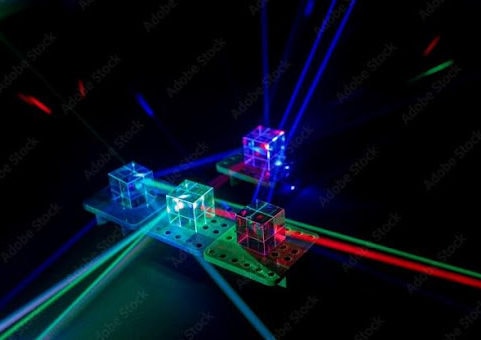Hot Mirrors: Function, Purpose, and Manufacturing
Created at : Aug 05 2025
In optics, precise control over light is essential for both practical and scientific applications. Among the many specialized optical components, hot mirrors play a critical role in managing light and heat within optical systems. They are designed to reflect visible light while transmitting infrared (IR) radiation, effectively acting as a selective light filter. This unique property makes hot mirrors indispensable in applications ranging from projectors to microscopes and lighting systems.
Function and Purpose of Hot Mirrors
Hot mirrors are optical components specifically designed to reflect visible light and transmit infrared light. This capability is based on the principle of wavelength-selective reflection, which allows the mirror to separate light based on its wavelength. Visible light, generally ranging from 400 to 700 nanometers, is reflected, while infrared light, which has longer wavelengths, passes through the mirror.
The main purpose of hot mirrors is heat management in optical systems. Infrared radiation is a primary source of heat in many lighting and imaging devices. By allowing IR to pass through while reflecting visible light, hot mirrors prevent the unwanted heating of optical elements or sensitive materials, improving both efficiency and safety.
For example, in projectors, the light source emits a mixture of visible and infrared light. Without a hot mirror, IR would accumulate inside the projector, potentially overheating lenses, filters, or electronic components. By transmitting IR away from the optical path, a hot mirror ensures that only the visible image is reflected toward the projection system, reducing heat buildup and prolonging the lifespan of the device.
Similarly, in microscopy and imaging systems, excessive infrared radiation can damage biological samples or cause thermal distortions. Hot mirrors enable precise observation by reflecting visible light for imaging while allowing infrared radiation to exit the optical system. In lighting systems, hot mirrors help improve efficiency by allowing heat to escape, preventing unwanted warming of the illuminated area and reducing energy loss.
Hot Mirrors vs. Cold Mirrors
Hot mirrors are often compared to cold mirrors, which serve a complementary function in optical systems. While both are wavelength-selective mirrors, their reflective and transmissive properties are opposite:
- Hot mirrors reflect visible light and transmit infrared.
- Cold mirrors reflect infrared light and transmit visible light.
This distinction has practical implications for how each mirror is used. Hot mirrors are primarily employed where heat management is needed without compromising visible light output. In contrast, cold mirrors are used when it is important to redirect or block infrared radiation, such as in lighting fixtures where IR could heat the surroundings, or in optical instruments where IR may interfere with measurements or damage components.
From a construction perspective, both hot and cold mirrors rely on dielectric multilayer coatings, but the design of the layers differs depending on the wavelengths to be reflected or transmitted. In hot mirrors, the layers are engineered to reflect visible wavelengths and allow longer IR wavelengths to pass, whereas cold mirrors are designed to reflect IR wavelengths while transmitting visible light.
In essence, the choice between a hot mirror and a cold mirror depends on whether the optical system’s priority is preserving visible light while removing heat or blocking heat while maintaining visible light transmission.
Manufacturing of Hot Mirrors
The manufacturing of hot mirrors is a highly precise process, requiring careful design, material selection, and advanced deposition techniques. At the core of a hot mirror’s function is its dielectric multilayer coating, which creates optical interference effects that determine which wavelengths are reflected and which are transmitted.
1. Substrate Selection
The first step in manufacturing a hot mirror is choosing a suitable substrate, typically optical-grade glass such as BK7 or quartz. The substrate must be extremely flat and smooth to ensure that light is not scattered or distorted. Imperfections at the substrate level can significantly reduce the mirror’s optical performance, so careful quality control is essential from the start.
2. Coating Design
The coating design involves creating a stack of alternating layers of materials with high and low refractive indices, such as titanium dioxide (TiO₂) and silicon dioxide (SiO₂). Each layer is precisely designed to have a thickness that is a fraction of the wavelength of light it is intended to manipulate, commonly one-quarter wavelength for a quarter-wave stack.
The alternating layers create constructive interference for visible wavelengths, reflecting them back, while creating destructive interference for infrared wavelengths, allowing them to pass through. Modern optical design software is often used to simulate and optimize the layer structure, ensuring the mirror meets specific performance criteria across the visible spectrum and desired IR range.
3. Deposition Techniques
Once the design is finalized, the dielectric layers are deposited onto the substrate using sophisticated vacuum deposition techniques. Common methods include:
- Physical Vapor Deposition (PVD): Materials are vaporized in a vacuum chamber and condense on the substrate surface.
- Electron Beam Evaporation: A high-energy electron beam melts coating materials, which then form thin films on the substrate.
- Sputtering: Ions bombard a target material, ejecting atoms that coat the substrate in thin, uniform layers.
Each layer is deposited with nanometer-scale precision, as even minor variations in thickness can shift the reflective or transmissive properties of the mirror.
4. Layer Count and Precision
Hot mirrors often contain tens to hundreds of alternating layers, depending on the required reflectivity and bandwidth. The precision of each layer is critical, as small deviations can reduce performance or create unwanted reflections. Modern coating systems can control layer thicknesses to within a few nanometers, ensuring the interference effects behave exactly as designed.
5. Post-Processing and Quality Control
After deposition, the coated mirror may undergo annealing, a process of controlled heating that enhances adhesion and optical stability. Protective overcoats may also be applied to improve durability against scratches, moisture, and environmental degradation.
Finally, the mirror is rigorously tested to measure reflectance and transmittance across the visible and infrared spectra. Only mirrors that meet strict performance criteria are approved for use, as minor defects can significantly impact optical systems.
Conclusion
Hot mirrors are a fascinating and vital component in modern optics, enabling precise control over visible and infrared light. By reflecting visible light while transmitting infrared, they effectively manage heat in optical systems, enhancing performance, safety, and longevity. Their function stands in contrast to cold mirrors, which reflect IR while transmitting visible light, illustrating the importance of wavelength-selective optics in engineering and science.
The manufacturing process of hot mirrors combines advanced optical design, precision multilayer coating, and meticulous quality control. From the choice of substrate to the deposition of dozens of nanometer-thin layers, each step is carefully executed to ensure the mirror performs exactly as intended.
In applications ranging from projectors to microscopes and specialized lighting systems, hot mirrors demonstrate how sophisticated optical engineering can solve practical problems, managing both light and heat with elegant precision.

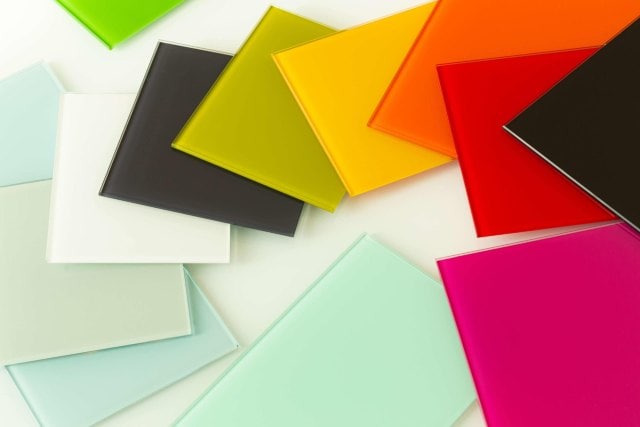 CUSTOM OPTICAL FILTERS
CUSTOM OPTICAL FILTERS
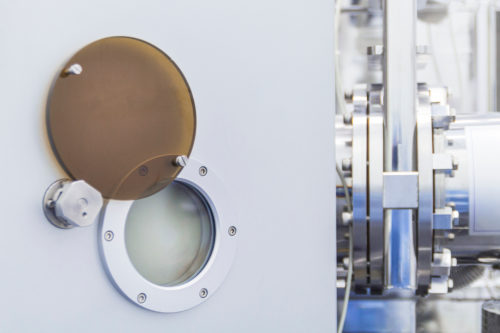 OPTICAL WINDOWS
OPTICAL WINDOWS
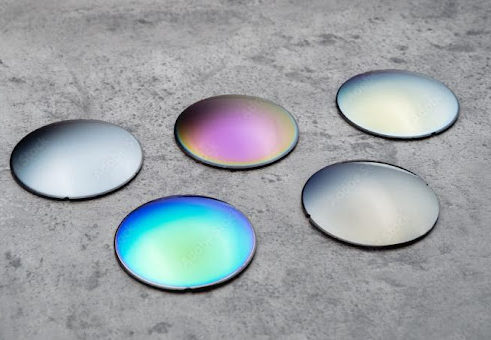 OPTICAL COATINGS
OPTICAL COATINGS
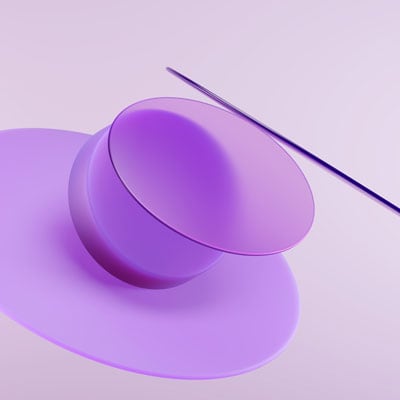 UV OPTICS
UV OPTICS
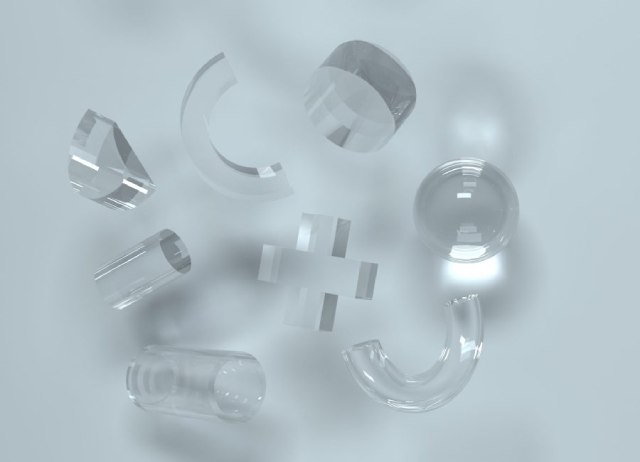 CYLINDRICAL OPTICS
CYLINDRICAL OPTICS
 CUSTOM TEMPERED OPTICS
CUSTOM TEMPERED OPTICS
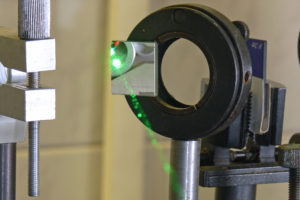 OPTICAL MIRRORS
OPTICAL MIRRORS
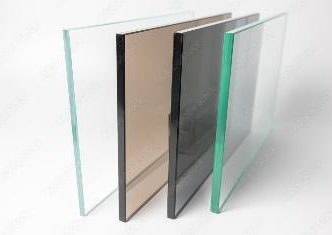 NEUTRAL DENSITY
NEUTRAL DENSITY
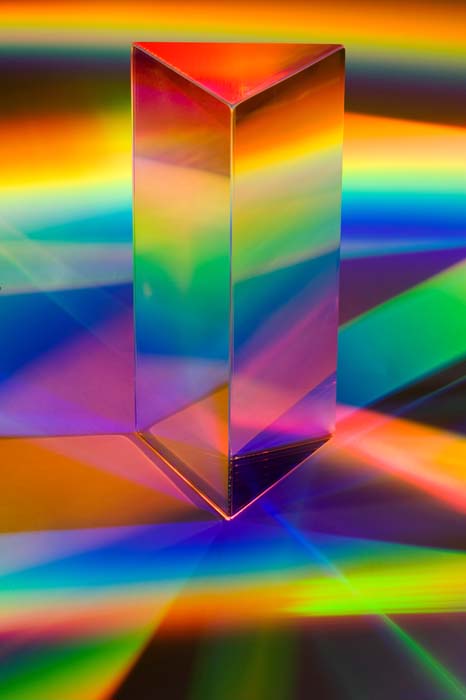 PRISMS & RETROREFLECTORS
PRISMS & RETROREFLECTORS
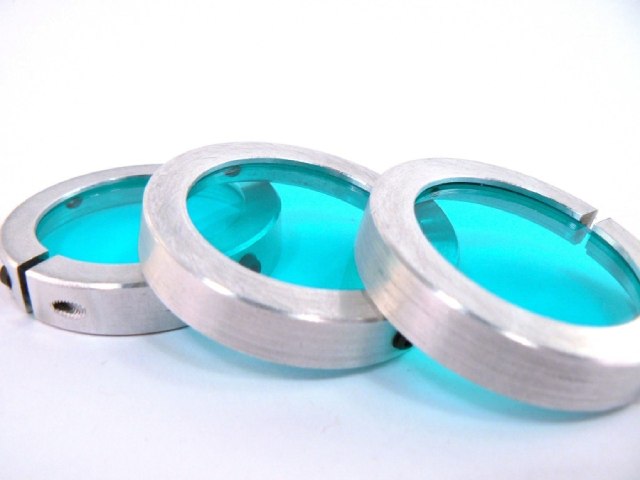 ASSEMBLIES
ASSEMBLIES
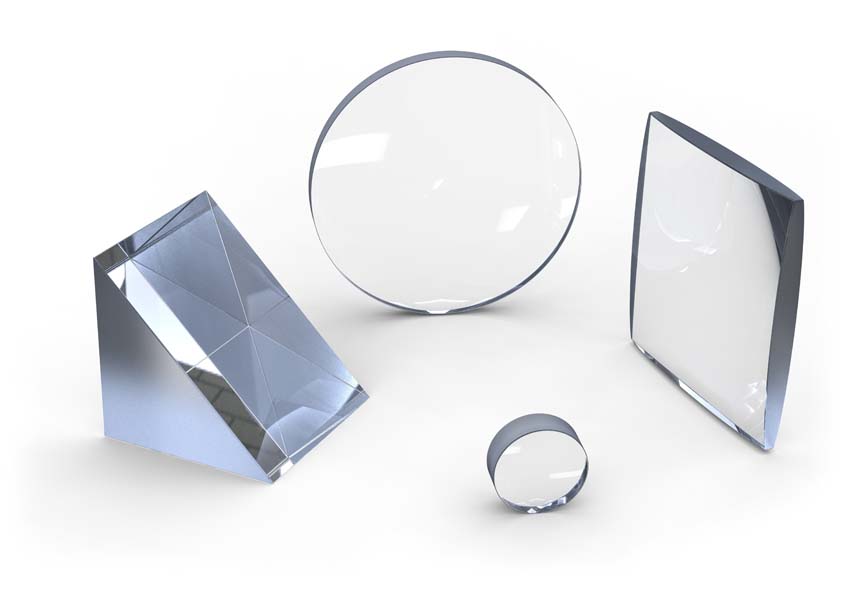 OPTICAL LENSES
OPTICAL LENSES
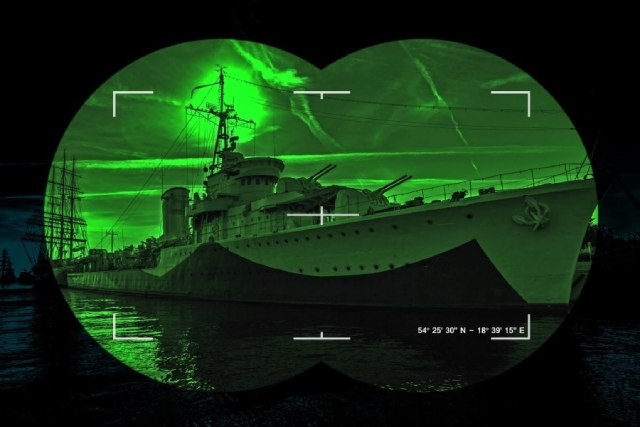 NIGHT VISION FILTERS
NIGHT VISION FILTERS
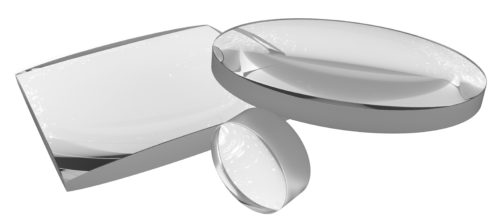 ACHROMATIC LENSES
ACHROMATIC LENSES
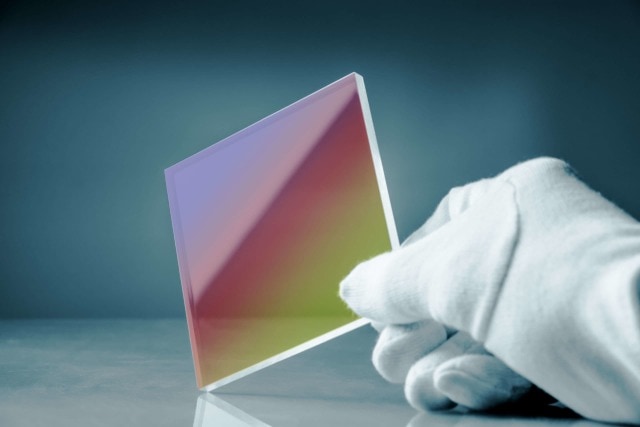 OPTICAL BEAM SPLITTERS
OPTICAL BEAM SPLITTERS
